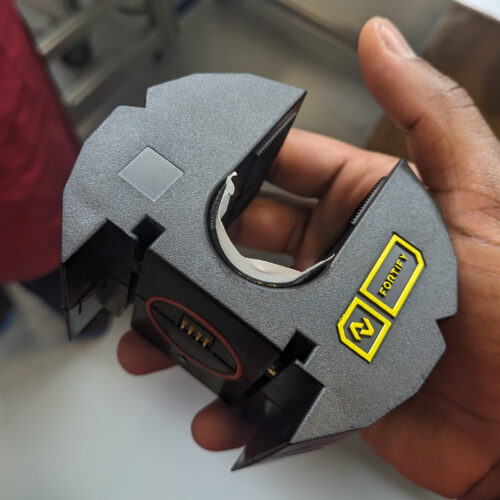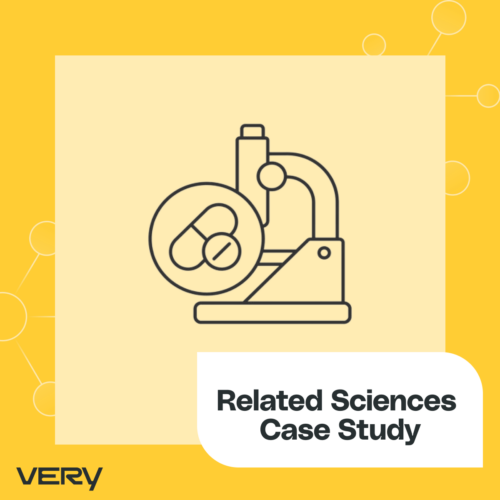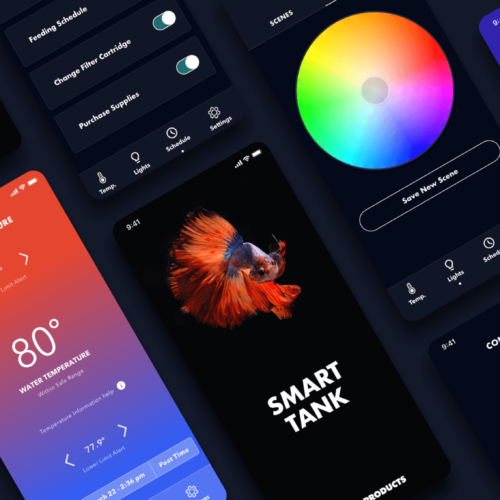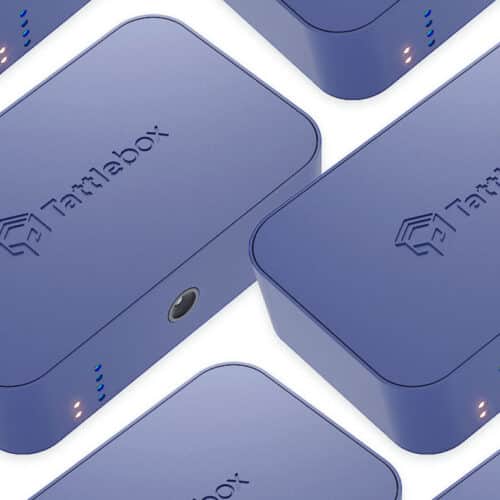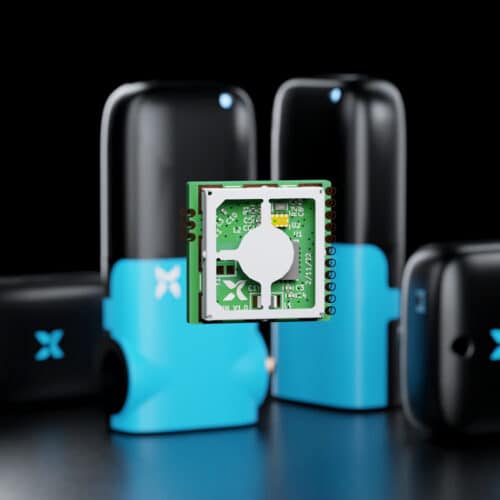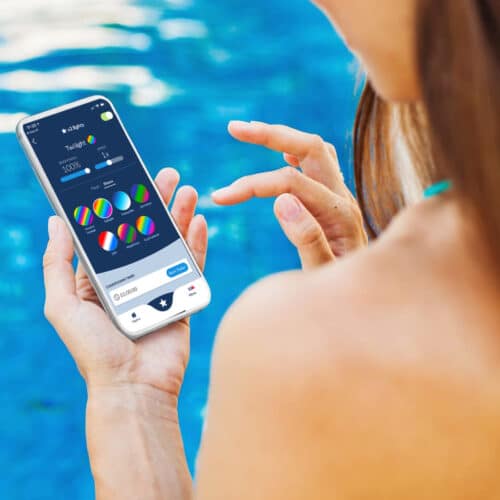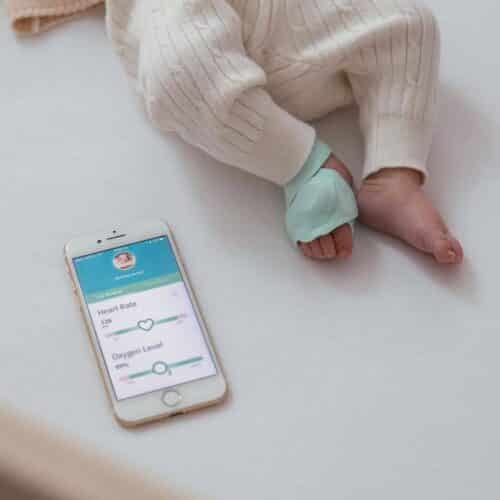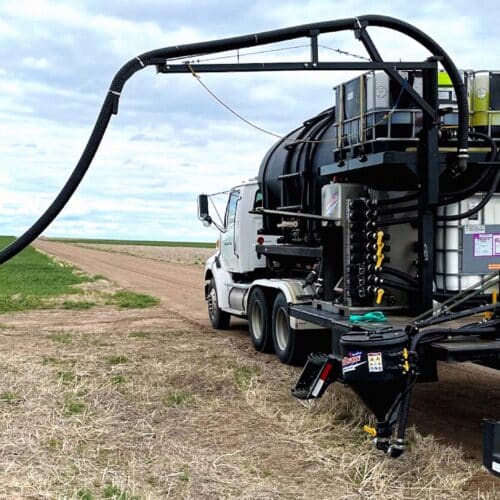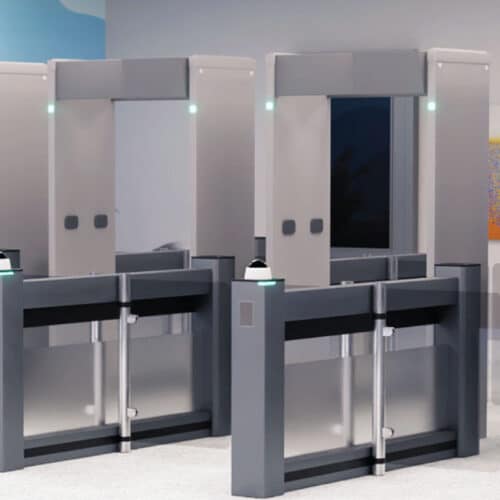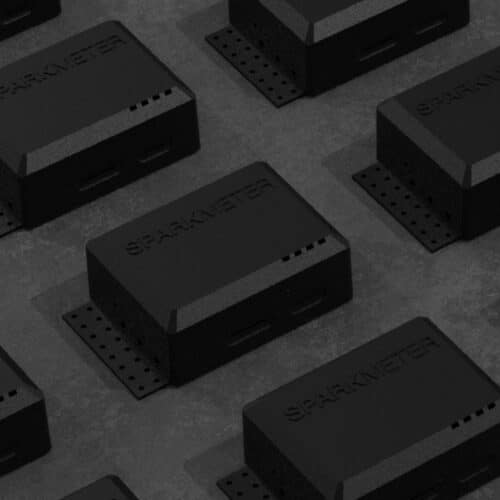Changing the Corrugated Manufacturing Industry With Anomaly Detection Software
Very partnered with SUN to develop Helios, a powerful machine learning platform that leverages robust anomaly detection to predict machine failure and reduce downtime.
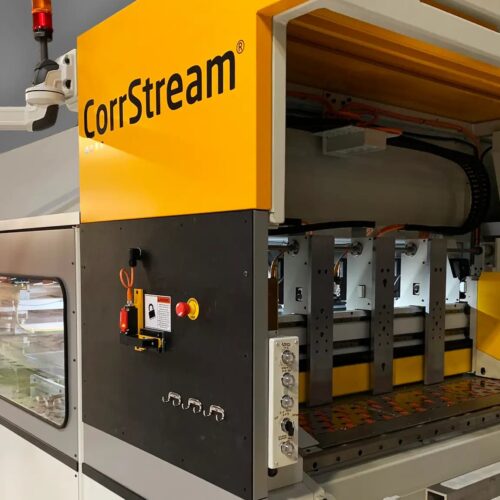

SUN Automation Group
Global leader in providing corrugated box plants with solutions for feeding, printing, and converting
IoT Solutions
Machine Learning, Software Engineering, Product Design, Hardware Engineering
Project Timeline
5.5 months
Tech Stack
Nerves, NervesHub, Terraform, Phoenix, Elixir, React, AWS
SUN Automation Group® is a global leader in providing corrugated box plants with solutions for feeding, printing, and converting. With Industry 4.0 on the horizon, SUN knew that its products would swiftly require support for new features like data telemetry, diagnostics, and predictive maintenance – but they didn’t have the internal resources to make it happen quickly.
SUN teamed up with Very to develop Helios, a hardware and software edge computing solution that facilitates the collection and analysis of machine data. Through rich data displays, anomaly detection, and issue reporting, the solution provides a deeper understanding of machine health, empowering users to predict (and prevent) machine failure before it occurs.
The Challenge

Corrugated manufacturing, like many other industrial sectors, is undergoing rapid change. As long-standing operators and maintenance workers retire or migrate to other industries, they take their deep-rooted knowledge of the factory’s machinery with them. Companies need a way to understand and reliably predict machine health in a scalable, sustainable way – now and in the future.
As a top-tier supplier of corrugated machinery to factories around the world, SUN envisioned building a cutting-edge solution to solve this problem for their customers. The clock was ticking: SUN had to go to market quickly to gain a competitive foothold over emerging third-party offerings.
Spearheading this initiative was Matthew Miller, SUN’s Director of Technology and a former technology leader at GE. Matt was looking for a trusted technology partner with machine learning expertise. He found plenty of vendors capable of building an IIoT platform, but none that could incorporate one crucial element: anomaly detection software. Additionally, as a certified scrum master himself, Matt wanted to work with an Agile team.
After learning about our past clients, as well as our Agile and machine learning expertise, Matt scheduled a meeting with our solutions architecture team.
“From the first meeting, I was impressed with Very’s process and skills,” Matt says. “They were able to dig in quickly to the nuts and bolts of the project.”

The Process
SUN had already conducted a financial analysis to project the product’s market performance. Additional product research was necessary to ensure that the product would meet the needs of potential customers.
The project kicked off with a Technical Design Sprint. Throughout this initial discovery phase, we dug deep into the driving force behind Helios: who were the product users, and what mattered most to them?
Our research indicated that SUN customers wanted a solution that would give them real-time insights into machine health, as well as the ability to understand how the machines are performing over time through aggregate metrics. Helios would also need to cater to SUN admin users and provide them with full control of the system, including the ability to add users, customers, and machines, manage firmware, customize alerts, and use the API.
After our initial discovery phase, SUN applied some of Very’s research techniques, such as a customer questionnaire, to their other R&D and product development efforts.
“What Very brings to the table are those soft skills and the ability to help you through the strategic pieces of your project,” Matt says. “That’s something I’ve never found with any firm that I’ve dealt with before, and I’ve definitely dealt with a lot of firms.”
Following the Technical Design Sprint, we completed the build using our Agile IoT development process. Helios includes an edge computer that queries existing machine programmable logic controllers (PLCs) for relevant data through common industrial protocol (CIP) over EtherNet/IP. That data is sent to a cloud backend, which includes services for machine learning, databases for application data and long-term storage, and a web application with a responsive user interface. Product users now have critical information regarding their corrugated converting equipment at their fingertips.

We placed particular emphasis on anomaly detection and aggregate measures to lock in the machine learning processes. Once we collected enough data from the PLC, we could design machine learning models that can detect anomalous behavior in converting machines.
Below, you’ll find the tech stack for each project component:
- Firmware: Nerves and NervesHub for the gateway device
- Hosting: AWS
- Data pipeline: AWS IoT, AWS Lambda, and AWS Kinesis Firehose – all coordinated through Serverless Framework
- Data storage: Application data stored in AWS RDS, with long-term storage in AWS S3
- Web application: Phoenix framework and React for front end
“The Very team is knowledgeable, and they deliver. They’ve delivered everything they’ve promised in the timeframe that they’ve promised it.”
Chris Kyger
President, SUN Automation
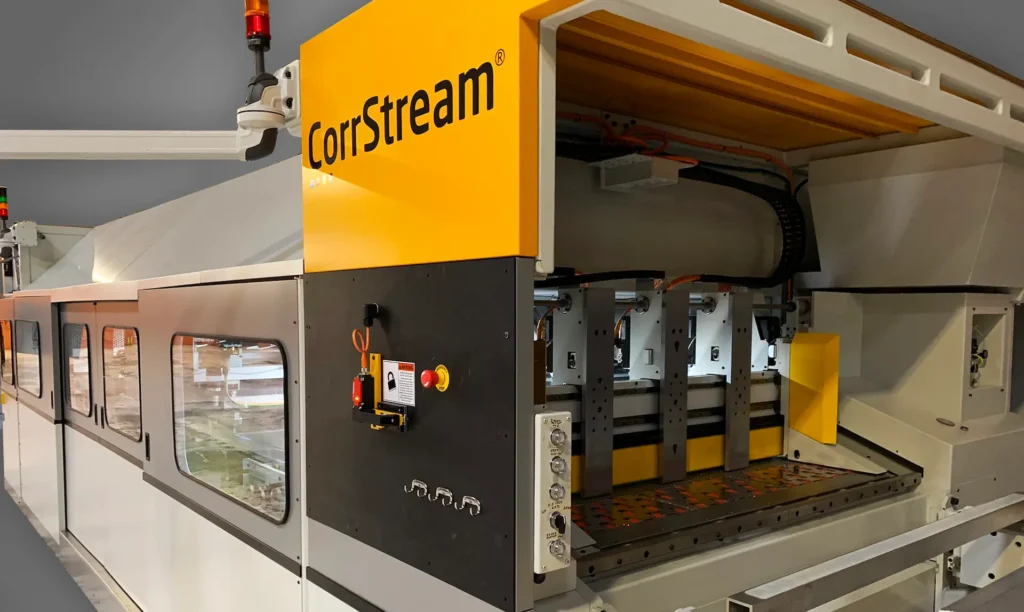
The Results
Just over 5 months after kickoff, Very provided SUN with a robust anomaly detection solution for predictive maintenance. Now, SUN enjoys a competitive edge — setting the standard for the future of advanced anomaly detection models — while their customers reap the benefits of Helios to predict failures, reduce unplanned downtime and optimize box plant productivity.
Ready To Build the Next Big Thing in IoT? Very Can Help
Very isn’t just another IoT technology provider. While we certainly help our clients build and deploy innovative IoT solutions, we serve above all as a trusted technology partner. That means we’re intrinsically invested in our clients’ successes from day one and take strategic, intentional steps to help them exceed their goals. Their mission is our mandate. If you’d like us to help you bring game-changing IoT solutions to market, get in touch.
Want to take the SUN Automation success story with you? Download the full PDF case study →
Let's talk about your vision for a powerful IoT solution.

